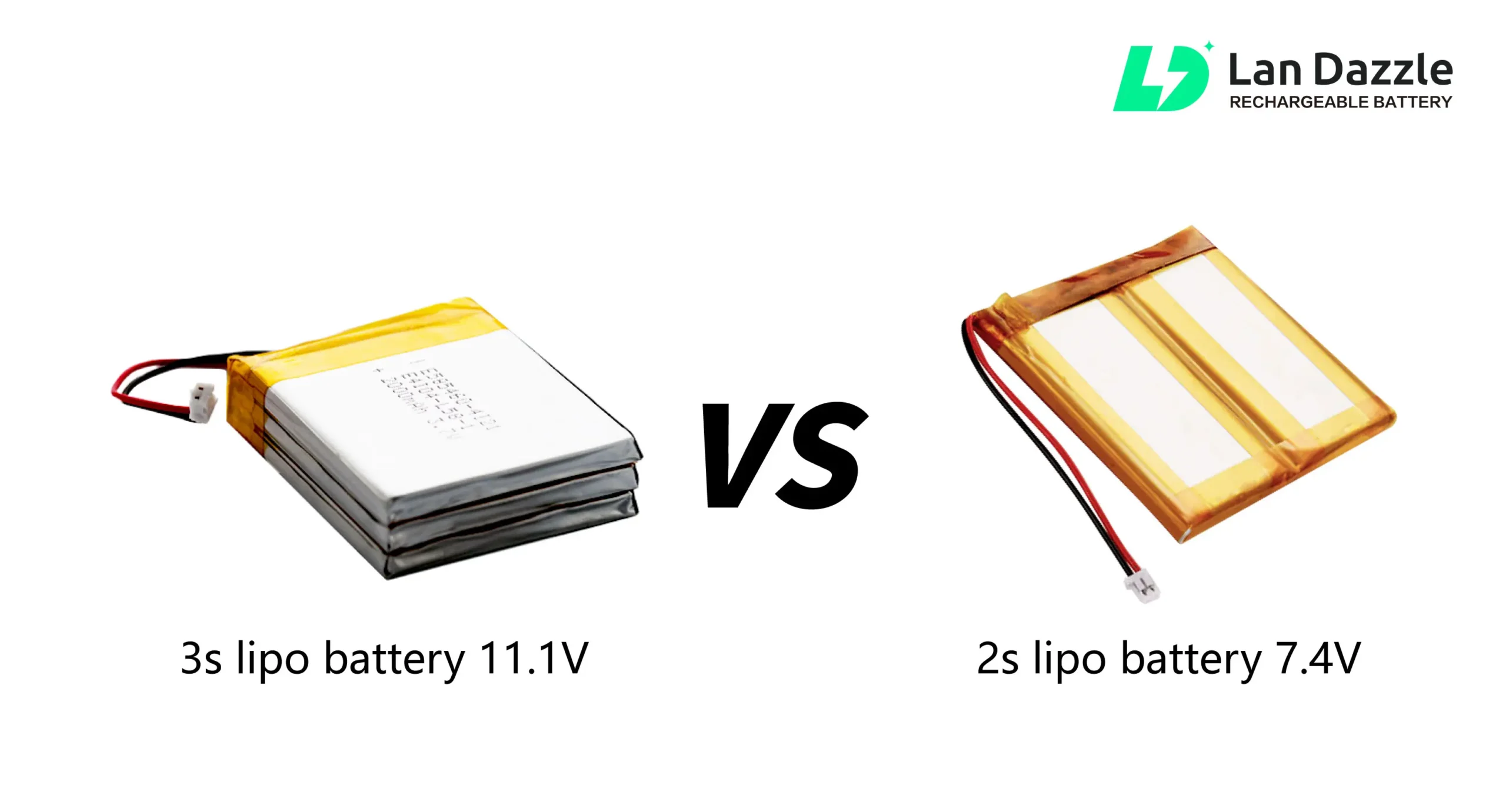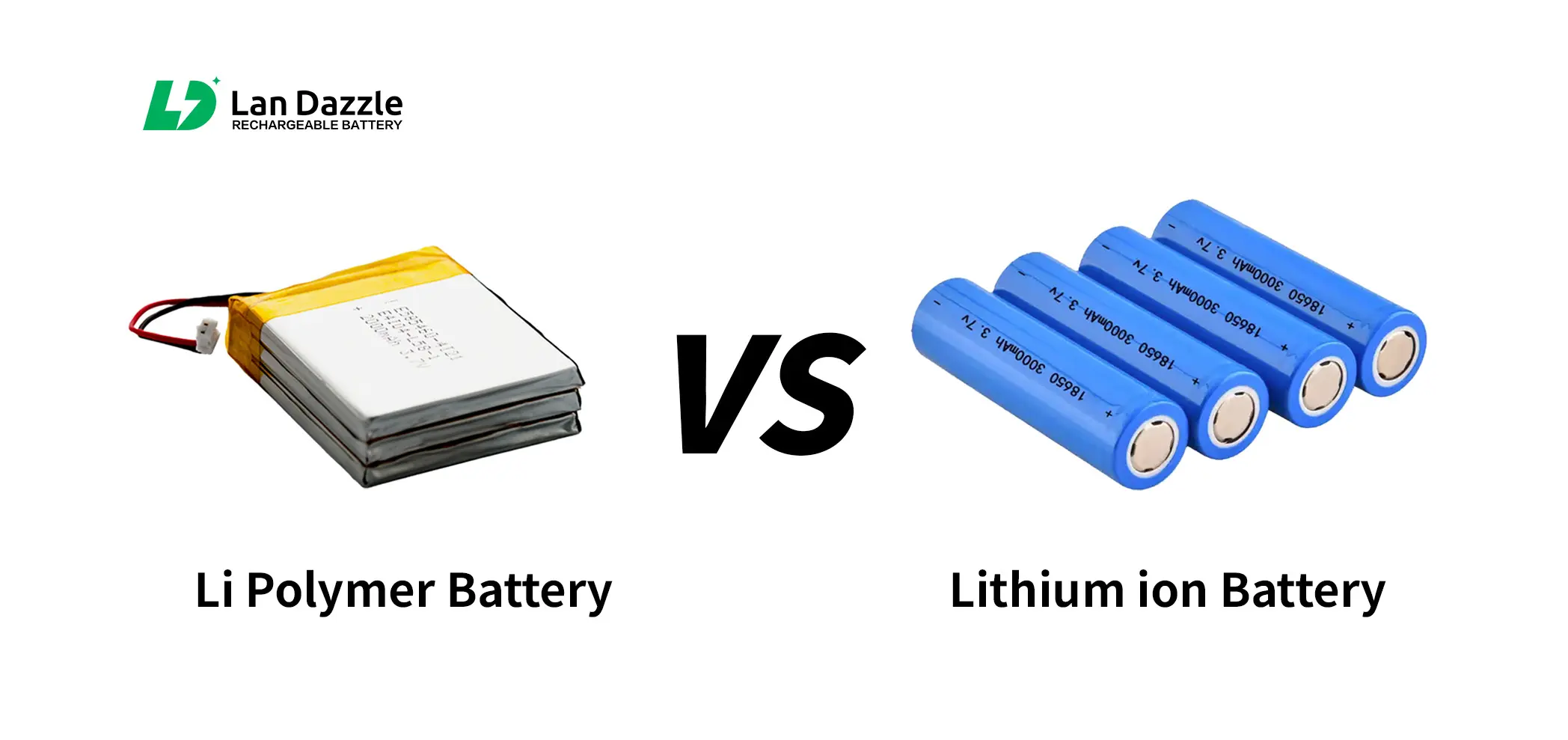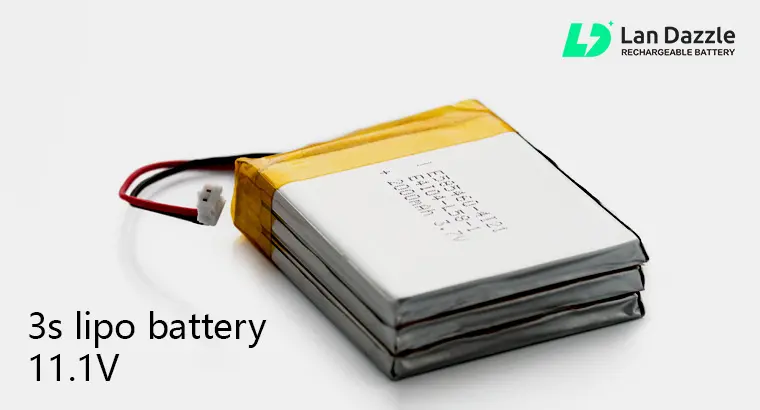What is an Early Education Robots
An early education robot is a type of educational robot designed specifically for young children, usually in preschool or early elementary school, to support learning through interactive play and hands-on activities. These robots help develop foundational skills such as:
STEM Concepts: Basic coding, logic, and problem-solving.
Creativity and Imagination: Through interactive games, storytelling, and building activities.
Social and Emotional Skills: Encouraging cooperation, communication, and empathy.
Motor Skills: Manipulating robot parts or programming interfaces.
They often feature colorful designs, simple programming interfaces (like block-based coding), and engaging activities tailored to early learners.
Key Challenges Faced by the Customer
Designing batteries for early education robots comes with unique challenges. Due to their compact size and multifunctional features, we face several obstacles when trying to optimize battery performance and placement.
Limited Internal Space for Batteries
Need for Longer Operating Time
Safety Concerns in Daily Use
How We Solve These Challenges
To address the challenges faced by early education robot manufacturers, Lan Dazzle worked closely with the customer, maintaining continuous communication to fully understand their requirements, and developed a fully customized battery solution focused on maximizing internal space without compromising performance.
One of the biggest challenges in early education robot battery design was the extremely limited internal space. To overcome this, Lan Dazzle applied a series of customized engineering approaches:
Detailed Space Analysis: We worked closely with the customer’s R&D team to analyze every corner of the robot’s internal layout. This included identifying irregular spaces that could not be efficiently used by standard battery packs.
3D Battery Modeling: Based on the structural analysis, we created precise 3D battery models to match the available dimensions. This step allowed us to optimize the shape and thickness of the battery, ensuring every millimeter was effectively utilized.
Custom-Shaped Cell Design: Instead of relying on conventional rectangular cells, we developed compact, high-density lithium polymer cells that could be tailored to the robot’s unique form factor.
Integration with Other Components: We carefully designed the battery placement to avoid interference with sensors, cameras, and motors, ensuring smooth assembly and long-term stability.
Through these efforts, the customer achieved a 50% increase in battery space utilization, enabling longer runtime and better overall performance without enlarging the robot’s size.
To extend the operating time of the early education robot, Lan Dazzle optimized the battery from multiple technical angles:
High-Capacity Electrode Materials: We carefully selected high-capacity cathode and anode materials to maximize energy storage within the limited space.
Optimized Electrolyte Composition: By fine-tuning the electrolyte formula, we improved ion conductivity and charge/discharge efficiency, supporting longer runtime.
Reduced Internal Resistance: The battery structure and connections were optimized to minimize internal resistance, reducing energy loss and heat generation during operation.
Advanced Battery Management System (BMS): A custom BMS was integrated to monitor and manage charge, discharge, and temperature, ensuring safe and stable performance over extended periods.
These improvements collectively allowed the robot to operate significantly longer between charges, enhancing overall user experience and device reliability.
Since early education robots are designed for children, safety is a top priority. To address this, Lan Dazzle implemented multiple layers of protection in the battery design:
Multi-level Protection Circuit: Integrated PCM and custom BMS ensure protection against overcharge, over-discharge, short circuit, and overcurrent.
Thermal Management: Temperature sensors (NTC) were added to monitor heat in real time, preventing overheating during continuous operation.
Stable Materials: We selected cathode and electrolyte materials with high thermal stability and safety performance to minimize risks of swelling or leakage.
Rigorous Testing: Each battery undergoes drop, vibration, overcharge, and thermal cycle testing to guarantee reliability in daily use by children.
Through these measures, the battery meets strict international safety standards while providing parents and users with peace of mind.
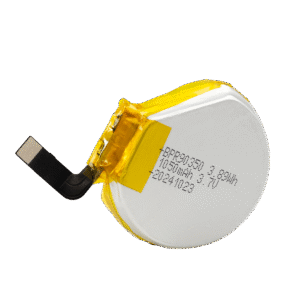
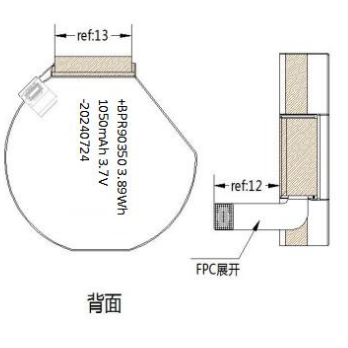
Successful Outcome We Have Achieved
50% Higher Space Utilization
35% Extended Operating Time
Enhanced Safety
Improved User Experience
Conclusion
By working closely with the customer and applying our expertise in custom lithium battery design, we successfully overcame the challenges of limited space, extended runtime requirements, and strict safety needs in early education robots.
This project demonstrates how our tailored battery solutions not only solve immediate technical challenges but also create long-term value for our partners. With our deep engineering capabilities and commitment to innovation, we continue to empower customers across industries to build smarter, safer, and more efficient products.
Looking to optimize your product’s battery performance? Contact Lan Dazzle today and discover how our custom solutions can power your innovation.

Related Articles:
Custom 1mm Ultra Thin Battery Enables High-Performance Smart Cards
Custom Curved Lipo Battery Solves Space Challenge in Smart Rings
Custom High Energy Density Battery: LanDazzle Hits 778 Wh/L for Wireless Power Bank
Zero Wasted Space: LanDazzle Helps Client Overcome Smart Glasses Battery Fit Issues
Prismatic vs. Round Batteries: How We Increased Capacity for Smart Watches
